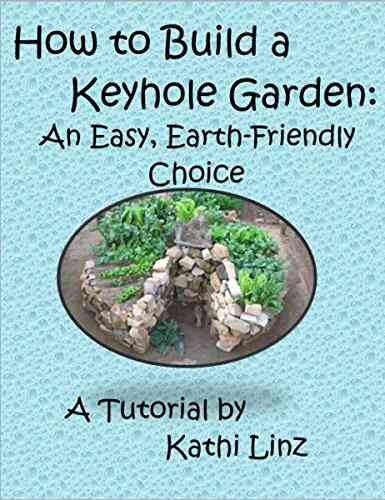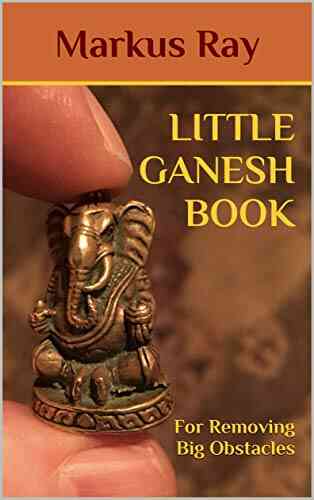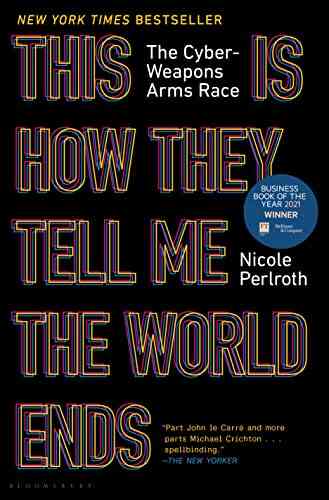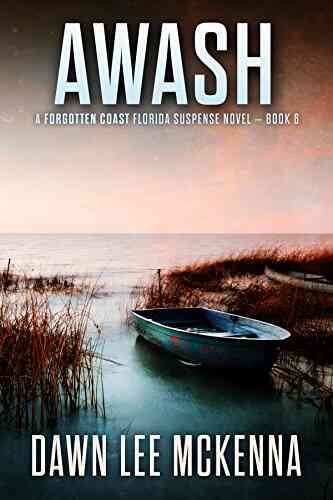How To Build a Keyhole Garden - The Ultimate Guide


Do you dream of having a lush and productive garden but are limited by space, time, or physical ability? If so, then a keyhole garden might be the perfect solution for you. Designed to maximize productivity in a small space while minimizing effort and resources, keyhole gardens are becoming increasingly popular among gardeners of all skill levels.
In this comprehensive guide, we will walk you through the step-by-step process of how to build your very own keyhole garden. Whether you have a large backyard or only a small balcony, this versatile and efficient gardening method can be adapted to suit your needs.
What is a Keyhole Garden?
A keyhole garden is a circular raised bed that takes its name from its unique shape, resembling an old-fashioned keyhole. It features a central composting basket or tower that serves as the nutrient-rich core of the garden. This core provides a steady supply of compost and moisture to the surrounding soil, allowing plants to thrive without requiring extensive watering or fertilization.
4.3 out of 5
| Language | : | English |
| File size | : | 1576 KB |
| Text-to-Speech | : | Enabled |
| Screen Reader | : | Supported |
| Enhanced typesetting | : | Enabled |
| Print length | : | 20 pages |
| Lending | : | Enabled |
The garden bed is typically around 6 feet in diameter, allowing easy access to plants from all sides. The bed is built with materials such as rocks, bricks, or wood, and its central composting basket is filled with a combination of kitchen scraps, organic matter, and soil. This design helps retain moisture, provides a warm environment for plants, and reduces the need for frequent watering and weeding.
Step 1: Choosing the Right Location
The first step in building a keyhole garden is finding the perfect spot for it in your backyard or on your balcony. Keyhole gardens require a minimum of 6 hours of sunlight per day, so make sure to select an area that receives adequate sunlight. It's also important to consider proximity to water sources to make irrigation more convenient.
Once you have identified the ideal location, mark the outline of the garden bed using stakes and string. This will help you visualize the space and ensure accuracy during construction.
Step 2: Gathering Materials
To build a keyhole garden, you will need the following materials:
- Bricks, rocks, or wood for the garden bed
- Chicken wire or mesh to create the composting basket
- Topsoil or compost
- Ash or charcoal for odor control
- Organic matter, such as kitchen scraps or leaves, for composting
- Gardening tools (trowel, spade, rake, etc.)
Gather all the necessary materials before starting the construction process. This will ensure a smoother workflow and save you from interruptions later on.
Step 3: Constructing the Garden Bed
Begin by arranging your chosen material (bricks, rocks, or wood) to form the circular garden bed. Lay them in a staggered pattern, securing them together using mortar or by stacking them tightly. Make sure the walls are at least 2 feet high to allow for proper soil depth.
Next, create a small opening in the wall to serve as the entrance to the keyhole-shaped garden bed. This opening allows easy access to the central composting basket and the plants within the bed.
Step 4: Setting up the Composting Basket
Inside the circular garden bed, position a mesh or chicken wire basket in the center. This will serve as the composting basket and provide the necessary nutrients to the surrounding soil.
Fill the composting basket with a mixture of kitchen scraps, organic matter, and soil. Adding a layer of ash or charcoal can help control odor and balance the pH level of the compost. Make sure to moisten the mixture with water, as moisture is crucial for decomposition. The composting basket should be built at a height above the garden bed, allowing for easy access.
Step 5: Filling the Garden Bed
With the composting basket in place, it's time to fill the remaining space in the garden bed with a mixture of topsoil and compost. This will provide a rich growing medium for your plants.
Ensure that the soil is evenly distributed to allow for proper planting. Level the surface of the garden bed using a rake or trowel, making it ready for sowing seeds or transplanting seedlings.
Step 6: Planting and Maintenance
Now that your keyhole garden is fully constructed, it's time to plant your desired vegetables, herbs, or flowers. Take into account the recommended spacing between plants and ensure they receive adequate sunlight and water.
Remember to keep the composting basket in the center of the garden bed well-fed by adding kitchen scraps, organic matter, and water regularly. This will maintain the fertility of the soil and ensure optimal plant growth.
Additionally, monitor the moisture levels in the garden bed and water as needed. Due to its design, keyhole gardens tend to retain moisture efficiently, reducing the frequency of watering.
The Benefits of Keyhole Gardening
Keyhole gardens offer several advantages compared to traditional gardening methods:
- Space Efficiency: Keyhole gardens maximize planting area by utilizing their circular design, allowing for more plants in a limited space.
- Water Conservation: The central composting basket provides a constant moisture source, reducing the need for excessive watering.
- Nutrient-Rich Soil: As the composting basket decomposes, it releases valuable nutrients into the surrounding soil, promoting healthy plant growth.
- Accessibility: The circular shape of keyhole gardens allows easy access to plants from all sides, minimizing the need for reaching or bending.
- Sustainability: Keyhole gardens promote sustainable gardening practices by using composting and organic matter to enrich the soil naturally.
Now that you have all the necessary knowledge, it's time to start building your very own keyhole garden. Enjoy the process and embrace the bountiful rewards that this efficient gardening method provides!
4.3 out of 5
| Language | : | English |
| File size | : | 1576 KB |
| Text-to-Speech | : | Enabled |
| Screen Reader | : | Supported |
| Enhanced typesetting | : | Enabled |
| Print length | : | 20 pages |
| Lending | : | Enabled |
If you have a desire to grow your own food, like making practical use of recycled materials, and wish to add another element to your sustainable living plan, keyhole gardens are a magnificent option. It is the perfect design for an urban garden as it requires only a small space.
Keyhole gardens are low maintenance, self-feeding, and low water-usage food growers. Your kitchen scraps, junk mail and grass clippings can put food on your table. These raised bed gardens also make gardening easier on the back and knees.
This type of garden is making a huge difference in the lives of rural areas in Africa where the soil is poor and rainfall is scarce. It's design provides a continual supply of nutrients to the soil and requires a limited amount water to produce abundant vegetable growth. This would be an excellent choice as a survival garden.
This 3000 word tutorial will equip you with information complete with photos to get you started. Come and see what it's all about. Grow your own veggies and see how much better they taste!
Do you want to contribute by writing guest posts on this blog?
Please contact us and send us a resume of previous articles that you have written.




















Light bulbAdvertise smarter! Our strategic ad space ensures maximum exposure. Reserve your spot today!

 Camden MitchellUnveiling the Sleeping Giants: La Moneda Publishing Holds the Key to Literary...
Camden MitchellUnveiling the Sleeping Giants: La Moneda Publishing Holds the Key to Literary...
 Eli BlairEyes Closed And Traveling Matthew Reyes: Exploring the World through the Lens...
Eli BlairEyes Closed And Traveling Matthew Reyes: Exploring the World through the Lens...
 Eliot FosterAn Exclusive Interview With Colin Dexter Lydia St Giles: Revealing the Genius...
Eliot FosterAn Exclusive Interview With Colin Dexter Lydia St Giles: Revealing the Genius... Andy HayesFollow ·16.1k
Andy HayesFollow ·16.1k Hugh ReedFollow ·10.4k
Hugh ReedFollow ·10.4k Kirk HayesFollow ·14.3k
Kirk HayesFollow ·14.3k Eddie PowellFollow ·11.2k
Eddie PowellFollow ·11.2k Mikhail BulgakovFollow ·4.2k
Mikhail BulgakovFollow ·4.2k Allan JamesFollow ·13.9k
Allan JamesFollow ·13.9k Leo TolstoyFollow ·14.5k
Leo TolstoyFollow ·14.5k Richard SimmonsFollow ·14.3k
Richard SimmonsFollow ·14.3k

 Banana Yoshimoto
Banana YoshimotoExploring the Legacy of Black Panther: Unveiling the...
Black Panther is not just a superhero, but...

 Dan Bell
Dan BellThe Ultimate Guide to Interracial Dating for Black Men
Interracial dating has become...

 Andrew Bell
Andrew BellInside The FBI Elite Serial Crime Unit - Unraveling the...
The Meticulous Work of the...

 Gary Cox
Gary CoxOne of the Great Schools of Dune Trilogy: A Closer Look
The Dune Trilogy, written by...
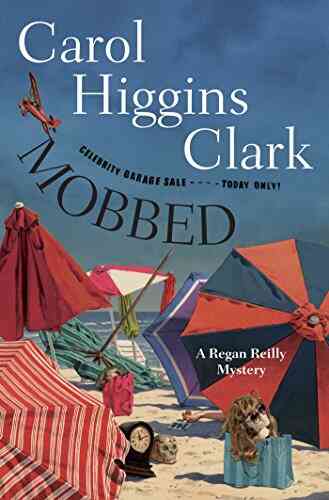
 Robert Browning
Robert BrowningMobbed Regan Reilly Mystery: An Engaging Whodunit That...
Have you ever been captivated by a good...

 Thomas Pynchon
Thomas PynchonLinz 10 Tourist Attractions Easy Day Trips
Linz, the third-largest city in Austria, is...

 Grant Hayes
Grant HayesWhat Happened To The Vital Center?
Over the years, the concept of...

 E.E. Cummings
E.E. CummingsFrom Adversity to Triumph: Beverly Williams and Her...
It is often said that success is not...

 DeShawn Powell
DeShawn PowellThe Flash 2016 Issue #754: A Thrilling New Chapter by...
The Flash, one of DC Comics' iconic...

 Edwin Blair
Edwin BlairHold Gentle Thought - A Guide to Finding Inner Peace
Have you ever found yourself...

 Charles Dickens
Charles DickensArden Of Faversham, Locrine, Mucedorus, and Amadine: An...
Shakespeare is widely...

 Bo Cox
Bo CoxGet ready to be captivated by the mesmerizing Angel...
Angel Assassin Arielle Lucila is not your...
4.3 out of 5
| Language | : | English |
| File size | : | 1576 KB |
| Text-to-Speech | : | Enabled |
| Screen Reader | : | Supported |
| Enhanced typesetting | : | Enabled |
| Print length | : | 20 pages |
| Lending | : | Enabled |


